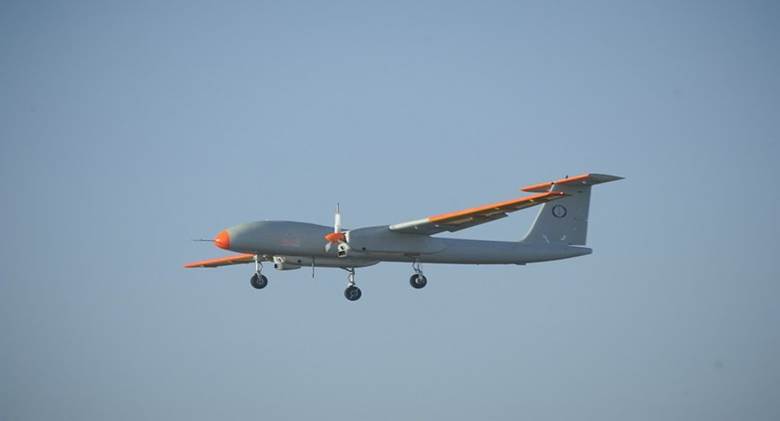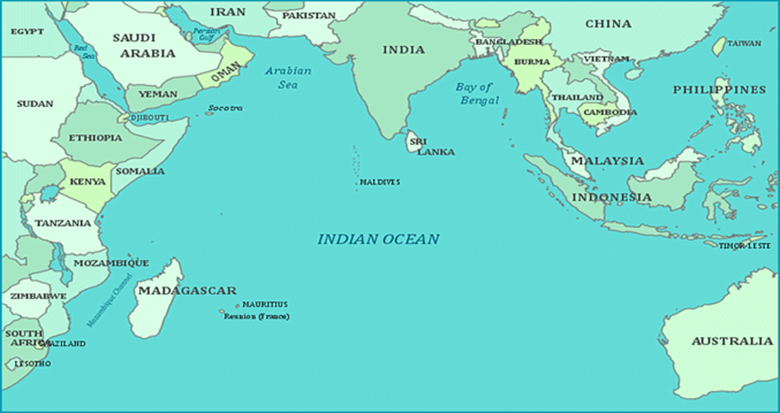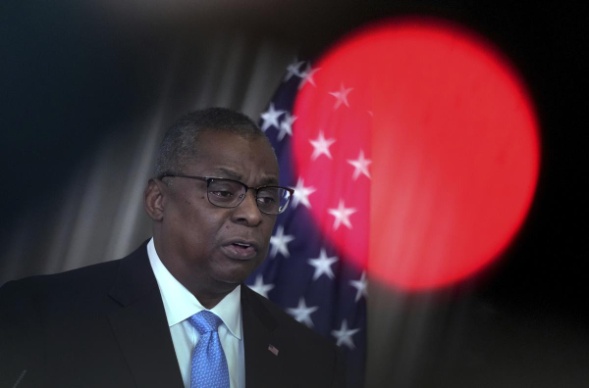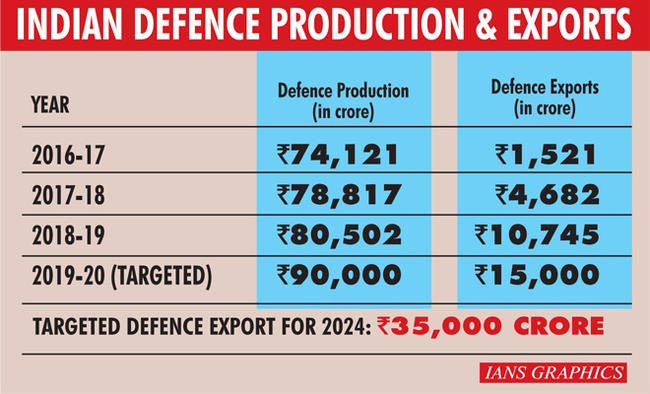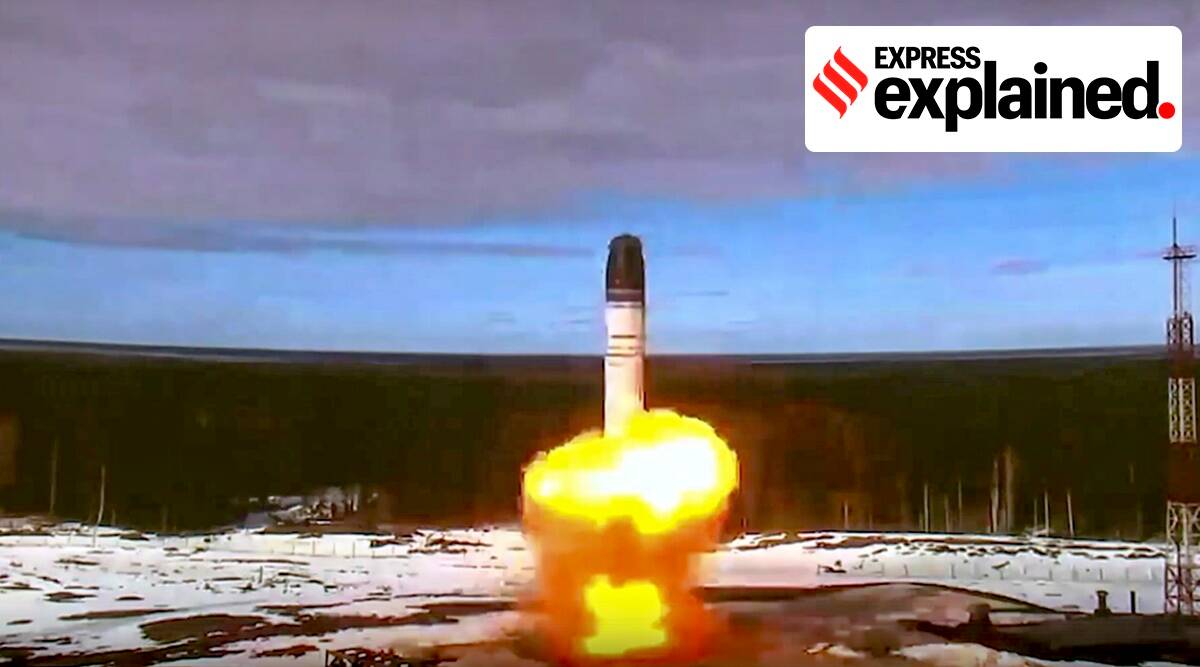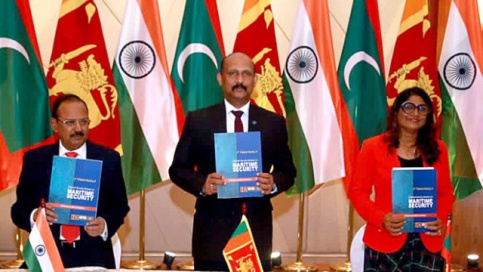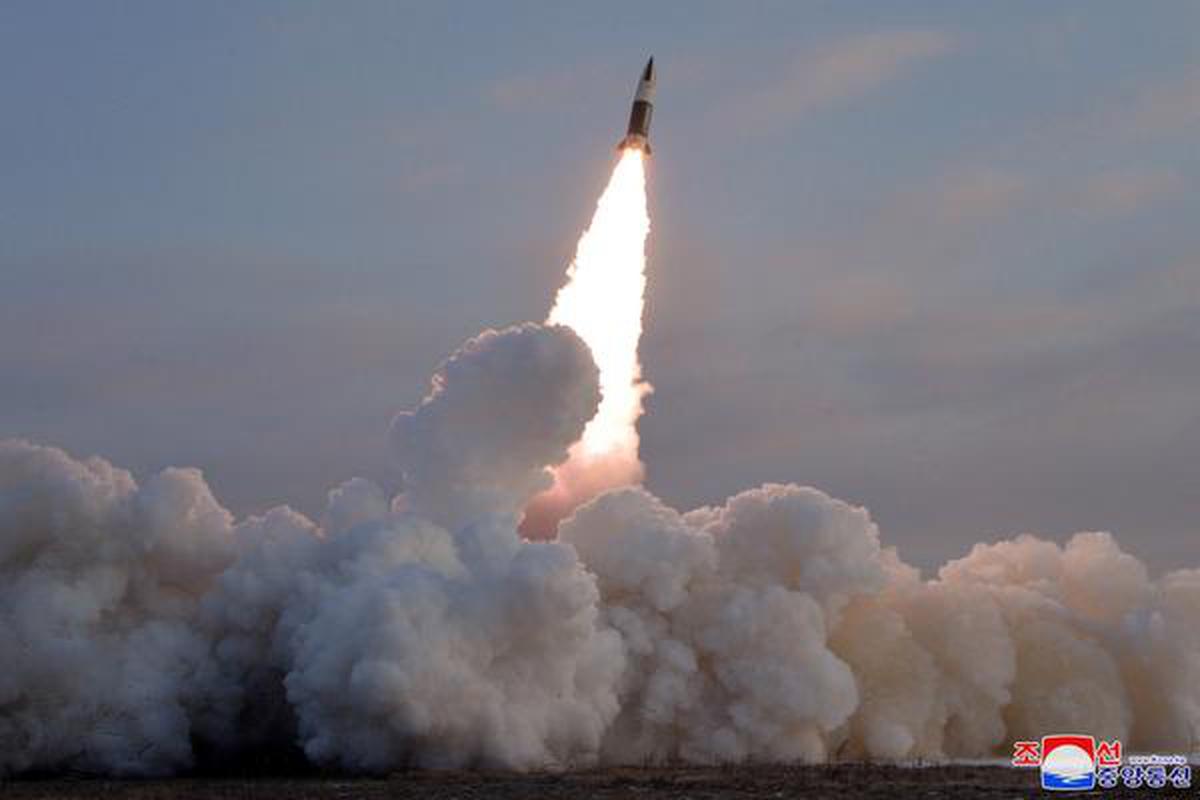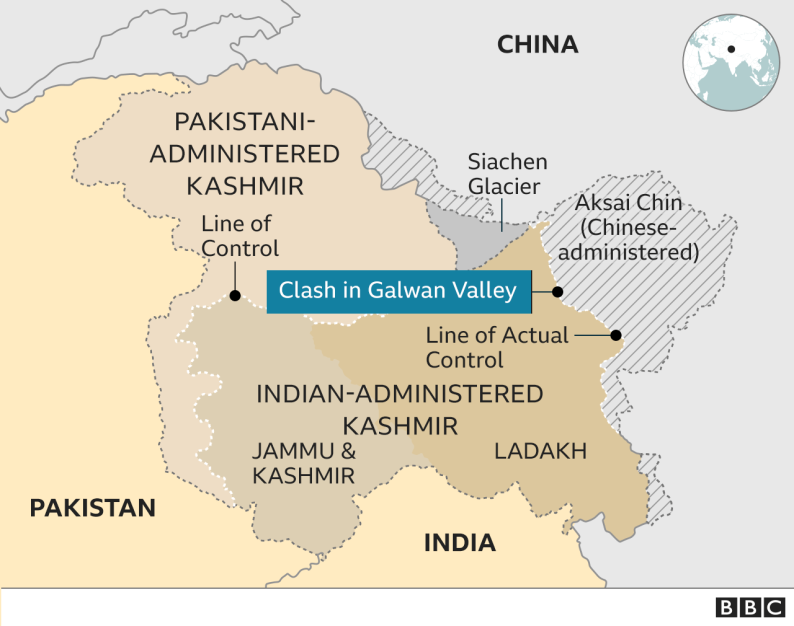Description
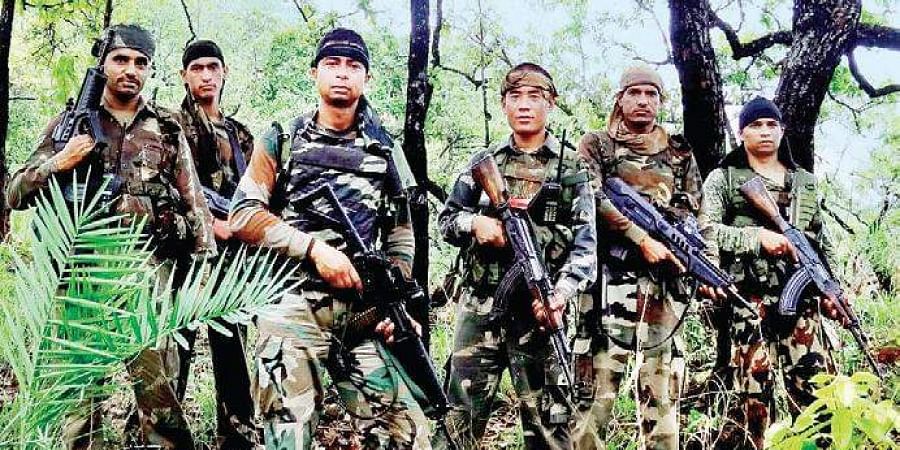
Copyright infringement is not intended
Context: Killing of over a dozen civilians in Mon district of Nagaland saw angry crowds vandalise camps of Assam Rifles in the district.
- While the botched operation was launched by the Indian Army, Assam Rifles, which has the responsibility of the area where the incident occurred, issued a statement expressing regret over the loss of innocent lives.
- It also informed that the Indian Army had instituted an inquiry into the incident.
What is Assam Rifles?
- Assam Rifles is one of the six central armed police forces (CAPFs) under the administrative control of the Ministry of Home Affairs (MHA).
- The other forces being the Central Reserve Police Force (CRPF), the Border Security Force (BSF), the Indo-Tibetan Border Police (ITBP), the Central Industrial Security Force (CISF) and the Sashastra Seema Bal (SSB).
- It is tasked with the maintenance of law and order in the North East along with the Indian Army and also guards the Indo-Myanmar border in the region.
- It has a sanctioned strength of over 63,000 personnel and has 46 battalions apart from administrative and training staff.
How is it unique?
- It is the only paramilitary force with a dual control structure.
- While the administrative control of the force is with the MHA, its operational control is with the Indian Army, which is under the Ministry of Defence (MoD).
- This means that salaries and infrastructure for the force is provided by the MHA, but the deployment, posting, transfer and deputation of the personnel is decided by the Army.
- All its senior ranks, from DG to IG and sector headquarters are manned by officers from the Army.
- The force is the only central paramilitary force (CPMF) in real sense as its operational duties and regimentation are on the lines of the Indian Army.
- However, being a Central Armed Police force under MHA, its recruitment, perks, promotion of its personnel and retirement policies are governed according to the rules framed by the MHA for CAPFs.
- This has created two sets of demands from both within the Assam Rifles and by MoD and MHA for singular control over the force by one ministry.
- A large section within the force wants to be under the administrative control of the MoD, as that would mean better perks and retirement benefits which are far higher compared to CAPFs under MHA. However, Army personnel also retire early, at 35, while the retirement age in CAPF is 60 years.
- CAPF officers have recently been granted non-functional financial upgradation (NFFU) to at least financially address the issue of stagnation in their careers due to lack of avenues for promotion. But Army personnel also get one rank one pension which is not available to CAPFs.
Why do both MHA and MoD want full control?
- MHA has argued that all the border guarding forces are under the operational control of the ministry and so Assam Rifles coming under MHA will give border guarding a comprehensive and integrated approach.
- MHA sources also say that Assam Rifles continues to function on the pattern set during the 1960s and the ministry would want to make guarding of the Indo-Myanmar border on the lines of other CAPFs.
- The Army is of the opinion that the Assam Rifles has worked well in coordination with Army and frees up the armed forces from many of its responsibilities to focus on its core strengths.
- It has also argued that Assam Rifles was always a military force and not a police force and has been built like that. It has argued that giving the control of the force to MHA or merging it with any other CAPF will confuse the force and jeopardise national security.
How old is the issue?
- Both MHA and MoD have wanted full control of the force for a long time. Opinions to this effect have been expressed by both Army and police officers from time to time in public domain.
- In 2013, MHA first made a proposal to take operational control of the Assam Rifles and merge it with the BSF. There were discussions held between MHA and MoD, however, no agreeable ground could be found.
- In 2019, the proposal was renewed – this time with a plan to merge Assam Rifles with the ITBP. The matter is said to be pending with the Cabinet Committee on Security and discussions are ongoing between the two ministries concerned.
- Since then, the Indian Army has actually been pushing for not only total control of Assam Rifles but also operational control over ITBP, which guards the Sino-Indian border and is currently engaged in a standoff with the Chinese PLA in eastern Ladakh.
What has been the contribution of Assam Rifles?
- Assam Rifles is the oldest paramilitary force raised way back in 1835 in British India with just 750 men.
- Since then, it has gone on to fight in two World Wars, the Sino-Indian war of 1962 and used as an anti-insurgency force against militant groups in the North East.
- Raised as a militia to protect British tea estates and its settlements from the raids of the NE tribes, the force was first known as Cachar Levy.
- It was reorganised later as Assam Frontier Force as its role was expanded to conduct punitive operations beyond Assam borders.
- Given its contribution in opening the region to administration and commerce, it came to be known as the “right arm of the civil and left arm of the military”.
- The Post-Independence role of the Assam Rifles continued to evolve ranging from conventional combat role during Sino-India War 1962, operating in foreign land as part of the Indian Peace Keeping Force (IPKF) to Sri Lanka in 1987 (Op Pawan) to peacekeeping role in the North-Eastern areas of India.
- It remains the most awarded paramilitary force in both pre- and post-independent India.
https://indianexpress.com/article/explained/explained-assam-rifles-dual-control-structure-role-nagaland-violence-7658329/





